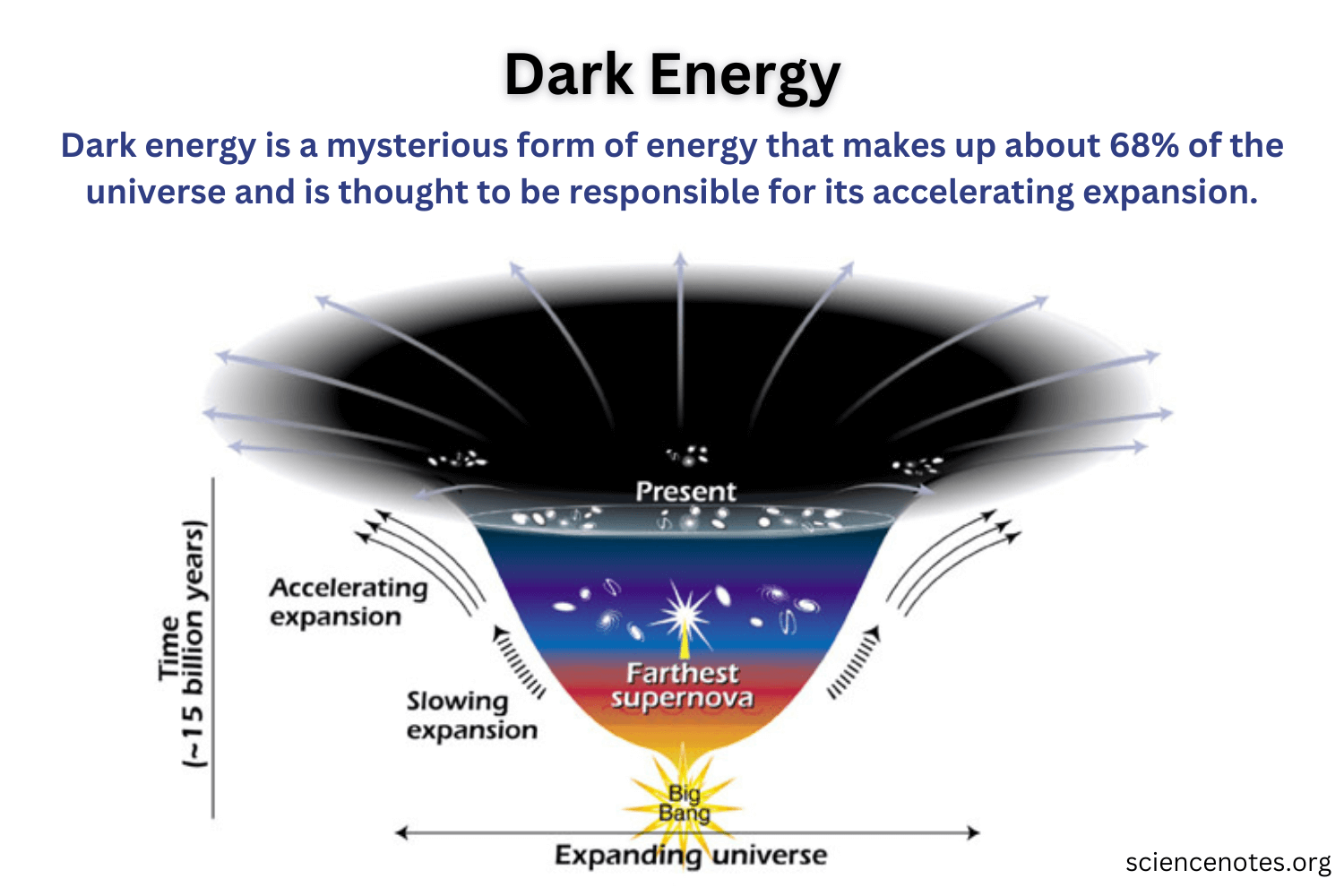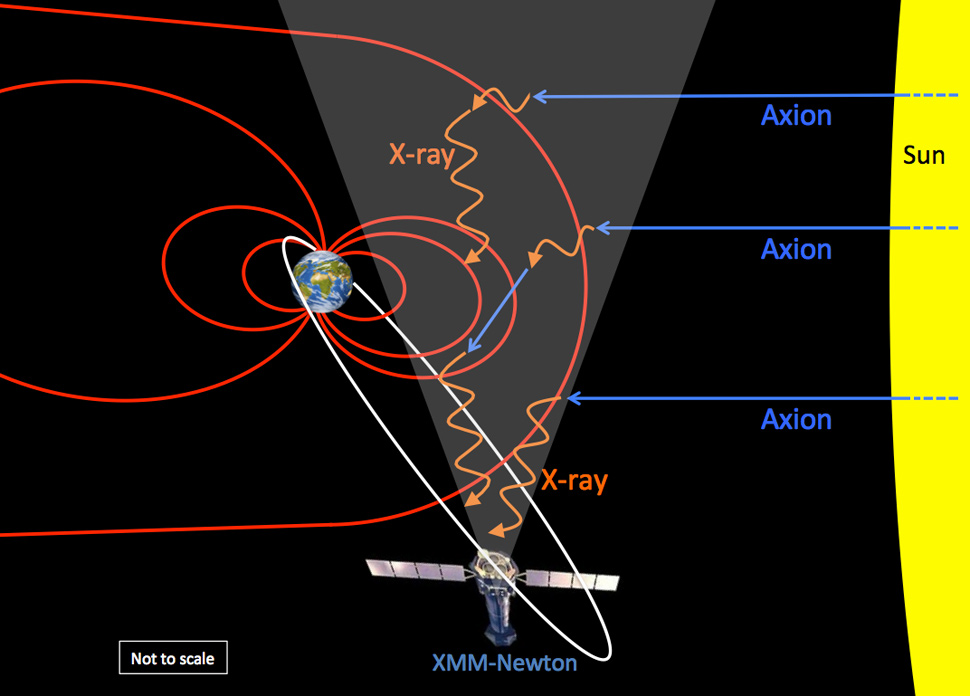
Topological Qubit: A Leap Forward in Quantum Computing
The advent of the topological qubit marks a significant leap in the field of quantum computing, promising increased stability and reliability for future quantum processors. Developed by Microsoft, this innovative qubit type aims to overcome the limitations of conventional qubit designs that struggle with environmental noise and error rates. By harnessing unique properties of topological phases of matter, researchers believe that topological qubits could enable ultrafast quantum computers capable of solving complex problems that challenge even our most powerful classical supercomputers. Chetan Nayak, a key figure behind this breakthrough at Microsoft, envisions these advancements as crucial for evolving quantum technologies, ultimately enhancing our understanding of quantum mechanics. As the race for quantum supremacy continues, the topological qubit stands as a beacon of hope for harnessing the full potential of quantum computing.
In the realm of quantum information processing, the topological qubit offers revolutionary prospects that could redefine how we approach computational challenges. Unlike traditional quantum bits, which are susceptible to environmental influences, these novel qubits leverage the principles of topology to achieve unprecedented stability. This distinction is pivotal for the development of ultrafast quantum devices, which have the potential to bridge the gap between theoretical quantum mechanics and practical, real-world applications. The pioneering efforts of Microsoft and experts such as Chetan Nayak illustrate the ongoing commitment to pushing the boundaries of quantum technology, ultimately leading to advancements that could unlock a new era in computing. By capitalizing on the unique characteristics of topological states, the future of quantum computing is set to transform industries and scientific research alike.
Understanding the Topological Qubit in Quantum Computing
The topological qubit represents a significant advancement in the field of quantum computing, offering enhanced stability and reliability over traditional qubit models. Unlike normal qubits that are susceptible to environmental disturbances, leading to a collapse of their quantum states, topological qubits utilize braids of particles known as anyons to store information more securely. This innovative approach allows the qubit to maintain superposition longer, hence improving the performance of quantum computers significantly. By harnessing the principles of quantum mechanics, researchers are optimistic about the implications of these qubits for future computing technology.
Furthermore, the design and functionality of the topological qubit are informed by decades of theoretical and experimental physics. Chetan Nayak and his team have worked rigorously on this project, combining techniques drawn from both semiconductor and superconducting materials to achieve this breakthrough. The incorporation of indium arsenide and aluminum into the design not only facilitates superconductivity at low temperatures but also helps in achieving the necessary topological protection. As a result, topological qubits stand at the forefront of quantum computing advancements, poised to unlock computational capabilities previously thought unattainable.
Advantages of Topological Qubits Over Traditional Qubits
Topological qubits possess several advantages compared to traditional quantum bits, primarily in their stability and error resilience. Traditional qubits are typically vulnerable to decoherence and environmental noise, which can lead to significant computational errors. In contrast, topological qubits leverage their unique physical properties to protect against such disturbances, resulting in a more robust system that can maintain coherent quantum states for longer durations. This contrasts sharply with the rapid dephasing that plagues many current quantum computing systems, making topological qubits a preferred choice for researchers seeking reliable quantum computation.
Additionally, the mathematical framework underlying topological qubits introduces a level of complexity that allows them to conduct quantum operations with fewer control signals. This streamlined operation not only simplifies the hardware required to manage these qubits but also enhances the scalability of quantum computing systems. As Microsoft’s research progresses under the guidance of experts like Chetan Nayak, there is high anticipation for the transition from experimental setups to fully operational quantum computers powered by topological qubits, potentially revolutionizing fields such as cryptography, complex modeling, and materials science.
The Future of Quantum Computing with Topological Qubits
Looking beyond current advancements, the future of quantum computing is inextricably linked to innovations like the topological qubit. With goals set to achieve a million-qubit quantum computer, researchers envision a landscape where ultrafast quantum computers can make groundbreaking discoveries across various scientific disciplines. This includes tackling challenges that have remained insurmountable in conventional computing, such as complex simulations in chemistry and materials science. As technologies and methodologies for developing these topological qubits are refined, the pace of breakthroughs in quantum computing is expected to accelerate dramatically.
Moreover, as companies like Microsoft invest heavily in the research and development of topological qubits, collaborations with academic institutions are becoming increasingly significant. Through shared insights and resource allocation, the pathway to creating functional, scalable quantum computers grows clearer. The confluence of advancements in quantum mechanics, experimental techniques, and computational algorithms heralds a new era in computing—one where the limits of current technology could be surpassed, leading to revolutionary applications in various industries.
Chetan Nayak’s Role in Quantum Computing Advancements
Chetan Nayak has emerged as a pivotal figure in the development of topological qubits, bridging the gap between theoretical physics and practical quantum computing applications. His extensive background in physics, particularly regarding quantum mechanics, has been instrumental in guiding Microsoft’s ambitious goals in the realm of quantum technology. Nayak’s leadership and vision have steered his research team towards innovative breakthroughs, creating a path toward more stable and efficient quantum systems.
Not only does Nayak’s work reflect a deep understanding of the scientific principles underlying quantum computers, but it also showcases the importance of collaboration and interdisciplinary study in achieving significant technological milestones. As he communicates his findings to the broader scientific community, Nayak is also helping to foster a culture of open inquiry and dialogue that is essential for addressing both skepticism and enthusiasm in the field of quantum computing.
Key Milestones in Quantum Computing Development
The journey toward viable quantum computing has witnessed numerous milestones, each integral to the understanding and advancement of the field. With groundbreaking discoveries such as Google’s quantum supremacy demonstration, researchers have underscored the potential of quantum computers to exceed classical computational capabilities. Microsoft’s foray into the realm of topological qubits is another landmark event, cementing its position as a key player in the race towards constructing powerful ultrafast quantum computers.
These milestones not only reflect technological advances but also emphasize the intricate interplay between quantum mechanics and computational theory. As more companies engage in this burgeoning field, collaborative efforts are likely to lead to faster information processing, solving complex problems ranging from materials science to climate modeling. The continuous evolution of quantum computing prospects appears promising, with significant implications for various sectors, including healthcare, energy, and logistics.
Challenges Facing Quantum Computing Today
Despite the optimism surrounding quantum computing breakthroughs, several challenges remain that researchers must address. One of the most pressing issues is error correction, which has proven to be a formidable obstacle for conventional qubit systems. As quantum states are notoriously sensitive to external influences, maintaining coherence during computations is essential to achieving reliable outputs. However, with advancements in topological qubits and their inherent stability, tackling these challenges might become more feasible.
Moreover, the practical realization of quantum computers requires continuous advances in the materials used, fabrication techniques, and an understanding of the quantum behavior of these systems. Chetan Nayak and his team are acutely aware of these complexities, as they navigate the steep learning curve associated with developing new quantum technologies. As they work towards achieving a stable, scalable quantum system, the scientific community watches closely, eager to see how these challenges will be addressed and overcome.
The Intersection of Quantum Mechanics and Computing
Quantum mechanics serves as the foundation of quantum computing, underpinning the principles that govern the behavior of qubits. Concepts such as superposition and entanglement not only redefine our understanding of computation but also challenge traditional approaches that have dominated the field for decades. Exploring this intersection offers profound insights into both the physical world and computational possibilities that transcend classical limitations, leading researchers to innovate in diverse domains, from cryptography to complex simulations.
Furthermore, as the complexity of quantum mechanics continues to unfold, the need for advanced algorithms and effective error correction protocols becomes increasingly pertinent. The ability to develop software that can harness the unique properties of high-dimensional quantum spaces is crucial to pushing quantum computing into practical applications. With each advancement, like the development of the topological qubit, the bridge between quantum mechanics and computational prowess grows stronger, driving the next generation of breakthroughs.
Anticipating the Impact of Quantum Computing on Various Industries
The implications of powerful quantum computers extend beyond academic curiosity; they promise substantial impacts across various industries. For instance, advancements in ultrafast quantum computers could lead to revolutionary changes in pharmaceuticals by transforming drug discovery processes. With the capacity to simulate molecular interactions at unprecedented speeds, researchers may identify new treatments and vaccines more efficiently, drastically reducing development times and costs.
Similarly, in the field of finance, quantum computing could enable the modeling of complex market dynamics and risks, allowing for superior analytical tools. As industries begin to prepare for the integration of quantum computing technologies, collaboration between technologists, researchers, and industries will play a key role in unlocking the full potential of this next-generation computing paradigm. By addressing current technological barriers, the realization of operational quantum computers will redefine productivity and innovation across sectors.
The Roadmap Ahead for Quantum Computing Innovations
As we look towards the future, the roadmap for quantum computing innovations involves a meticulous balancing of theoretical exploration and practical applications. Researchers like Chetan Nayak have laid a strong foundation with the development of topological qubits, providing a blueprint for building resilient quantum systems. The aim is not only to create a million-qubit computer but also to ensure that such systems can address real-world issues effectively and efficiently.
Moreover, engaging with governmental and institutional partners, such as DARPA, signifies a strategic effort to align research goals with societal needs. By doing so, researchers are not just pushing the boundaries of science but also fostering an environment where quantum technology can be leveraged for national and global challenges. Through comprehensive research, continuous innovation, and active collaboration, the vision of a powerful quantum future becomes increasingly achievable, promising transformative impacts on how we understand and engage with technology.
Frequently Asked Questions
What is a topological qubit and how does it differ from standard qubits in quantum computing?
A topological qubit is a type of qubit designed to be more stable and robust than standard qubits used in quantum computing. Unlike conventional qubits, which can easily decohere due to environmental influences, topological qubits leverage the mathematical properties of quantum mechanics to encode information in a way that is less susceptible to errors. This stability enables them to potentially drive the development of ultrafast quantum computers.
How are topological qubits related to ultrafast quantum computers?
Topological qubits are crucial for the advancement of ultrafast quantum computers because they offer greater stability and error resistance compared to traditional qubits. This resilience allows for the execution of complex computations that can significantly outperform classical supercomputers, positioning topological qubits as a key technology in achieving the next generation of quantum computing systems.
Who is Chetan Nayak and what role has he played in the development of the topological qubit?
Chetan Nayak is a Microsoft technical fellow and professor at the University of California at Santa Barbara, renowned for his research in quantum computing. He has been instrumental in the development of the topological qubit, leading a Microsoft team in their quest to create a new class of qubit that enhances stability and control, aiming to revolutionize quantum computing capabilities.
Why is the stability of topological qubits important in quantum mechanics?
The stability of topological qubits is vital in quantum mechanics as it minimizes the loss of quantum information, which often occurs due to environmental noise and decoherence. By utilizing topological properties, these qubits maintain their quantum states more effectively, allowing for more reliable processing of information and improved performance of quantum computers.
What materials are used to create topological qubits and why are they significant?
Topological qubits are made from materials like indium arsenide and aluminum, which develop superconductivity at very low temperatures. These materials are significant because they help achieve the quantum states necessary for topological qubits to function correctly, providing a balance of superconductor and semiconductor properties that enhance computation speed and reliability.
How does Microsoft plan to scale the development of their topological qubit technology?
Microsoft has laid out a roadmap aiming for the creation of a million-qubit quantum computer. This plan focuses on advancing beyond initial prototypes, through partnerships and extensive research, to eventually achieve a robust and scalable architecture capable of solving complex real-world problems in chemistry and materials science.
What challenges did researchers face in developing topological qubits?
Researchers faced multiple challenges while developing topological qubits, including identifying suitable hybrid materials that exhibit both semiconductor and superconductor properties without significant impurities. Additionally, simulating the necessary quantum properties and conducting trial-and-error experiments were essential to overcome fundamental engineering obstacles in creating a stable qubit.
What advancements in quantum computing does Chetan Nayak envision as a result of topological qubits?
Chetan Nayak envisions that the advancements resulting from topological qubits will enable breakthroughs in quantum computing, allowing for simulations of complex physical systems that were previously unattainable. This could lead to the discovery of new materials, enhance quantum error correction, and expand the scope of applications for ultrafast quantum computers.
How does the concept of superposition relate to the efficiency of topological qubits?
Superposition is a fundamental concept in quantum mechanics that allows qubits, including topological qubits, to represent multiple states simultaneously. This property exponentially increases computational power; however, maintaining superposition is critical for efficiency. Topological qubits are designed to preserve superposition for longer periods, thus enhancing the overall performance of quantum computations.
What future research opportunities are being explored with topological qubits in quantum mechanics?
Future research opportunities with topological qubits in quantum mechanics include deeper investigations into high-temperature superconductivity, improved quantum error correction techniques, and the exploration of new materials that could push the boundaries of quantum computing further. These studies aim to enhance the understanding of quantum phenomena and enable practical applications of quantum technologies.
| Key Point | Description |
|---|---|
| What is a Topological Qubit? | A new type of qubit developed by Microsoft that is claimed to be more stable and robust than previous qubit designs, enhancing quantum computing reliability. |
| Materials Used | Constructed from indium arsenide and aluminum, materials that become superconductors at very low temperatures. |
| Advantages Over Ordinary Qubits | Topological qubits maintain quantum states more effectively, reducing the issues related to environmental interference and quantum state collapse. |
| Broader Impact on Quantum Computing | They promise to accelerate the development of large-scale quantum computers, enabling practical solutions to complex problems. |
| Future Roadmap | Microsoft aims to scale its topological qubit technology towards a million-qubit quantum computer, targeting significant advancements in materials science and chemistry. |
Summary
A topological qubit represents a significant advancement in quantum computing technology, promising enhanced stability and reliability. By utilizing materials including indium arsenide and aluminum, Microsoft has developed a qubit that can potentially revolutionize the way quantum computers operate. This innovation aims to address key challenges faced by conventional qubits, particularly issues related to environmental interference that can disrupt quantum states. As the field progresses towards creating larger and more capable quantum systems, such as a million-qubit computer, the topological qubit could provide a pathway to solving complex problems in materials science and beyond, marking a substantial milestone in the quest for ultrafast quantum computing.



